24 Thriller Movies That Defined 1990s Cinema
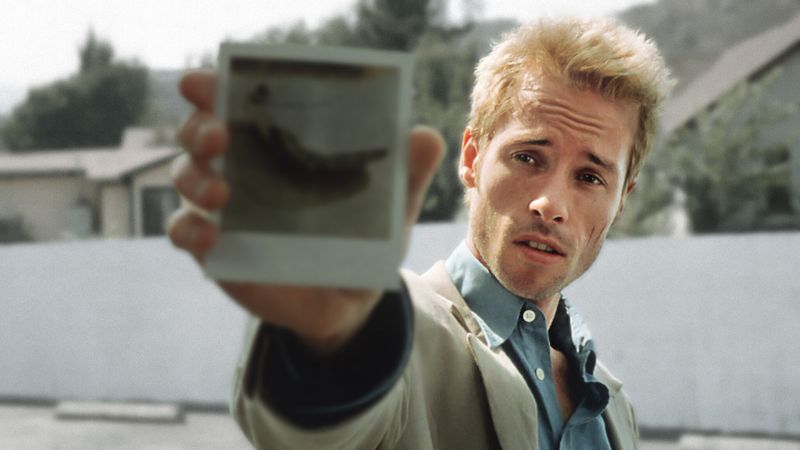
The 1990s gave us some of the most heart-pounding, mind-bending thriller movies of all time. These films changed how we think about suspense, with twisted plots, unforgettable villains, and shocking endings that still have us talking decades later. From serial killers to corrupt cops, psychological mind games to high-speed chases, these 24 thrillers shaped Hollywood and influenced countless movies that followed.
The Silence of the Lambs (1991)

Anthony Hopkins created one of cinema’s most terrifying villains as Dr. Hannibal Lecter, a brilliant psychiatrist who happens to be a cannibalistic serial killer. His cat-and-mouse games with FBI trainee Clarice Starling (Jodie Foster) created unforgettable tension.
Director Jonathan Demme crafted a masterpiece that swept the major Academy Awards. The film’s psychological depth and restraint made it far more disturbing than typical horror fare. Phrases like “fava beans and a nice Chianti” entered pop culture forever, while the final scene leaves viewers with chills that never quite fade away.
Se7en (1995)
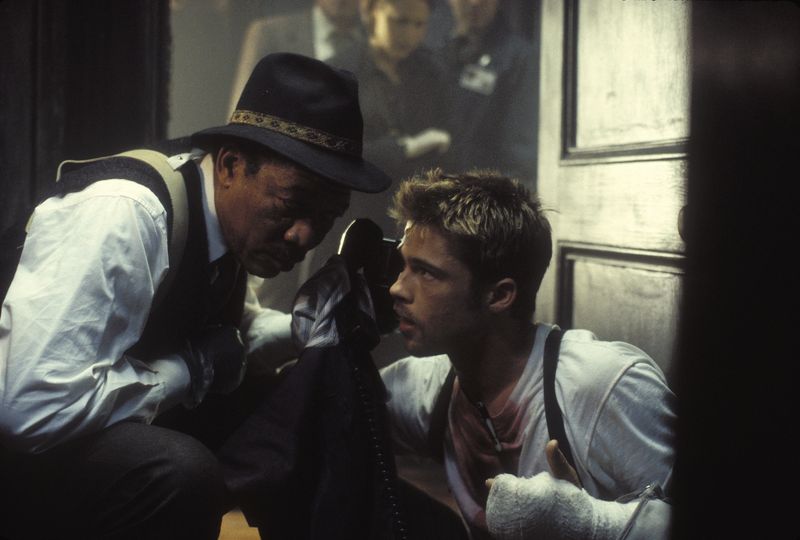
Rain-soaked streets and grisly crime scenes set the mood for David Fincher’s bleak masterpiece. Two detectives—veteran Somerset (Morgan Freeman) and rookie Mills (Brad Pitt)—hunt a methodical killer using the seven deadly sins as his twisted blueprint.
The film’s washed-out color palette and oppressive atmosphere create a world where hope seems distant. Each murder scene reveals the killer’s disturbing attention to detail and philosophical justification. Few endings in thriller history match the gut-punch revelation contained in that infamous box. “What’s in the box?” remains one of cinema’s most haunting questions.
The Sixth Sense (1999)
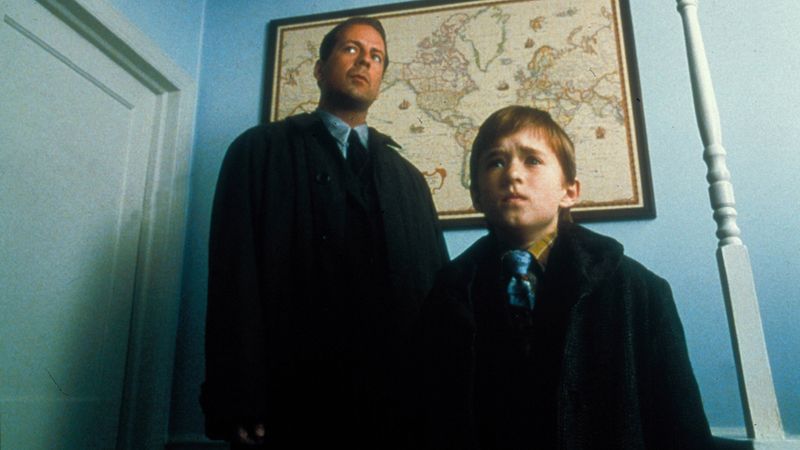
Child psychologist Malcolm Crowe (Bruce Willis) takes on the case of a troubled boy who claims to see dead people. Director M. Night Shyamalan created a cultural phenomenon with this atmospheric ghost story that transcended typical horror tropes.
Young Haley Joel Osment delivered one of the greatest child performances ever, balancing vulnerability and otherworldly wisdom. The film’s muted colors and careful pacing build a sense of dread without relying on cheap scares. That twist ending blindsided audiences worldwide and launched countless rewatches. Few films have managed such a perfect balance of emotional depth and spine-tingling suspense.
Fargo (1996)

Blood stains the snow in this darkly comic Coen Brothers masterpiece. A desperate car salesman’s scheme to have his wife kidnapped spirals wildly out of control across the frozen Minnesota landscape. Frances McDormand’s pregnant police chief Marge Gunderson brings warmth and moral clarity to a story filled with bumbling criminals and shocking violence.
Her chipper “Oh, ya” contrasts brilliantly with the brutality she investigates. The film’s distinctive regional accents and quirky characters create an unforgettable backdrop for its crime story. That woodchipper scene remains one of the most memorable disposal methods in thriller history.
Heat (1995)

Robert De Niro and Al Pacino finally share screen time in Michael Mann’s epic crime saga. Professional thief Neil McCauley (De Niro) and relentless detective Vincent Hanna (Pacino) find themselves locked in a chess match across Los Angeles. The film’s bank heist sequence features some of the most realistic gunfire ever captured on film.
Mann’s clinical direction gives the sprawling story a documentary-like intensity. Beyond the thrilling action, Heat explores the toll that obsession takes on both sides of the law. The coffee shop scene between the two leads crackles with quiet intensity that rivals any shootout.
The Usual Suspects (1995)
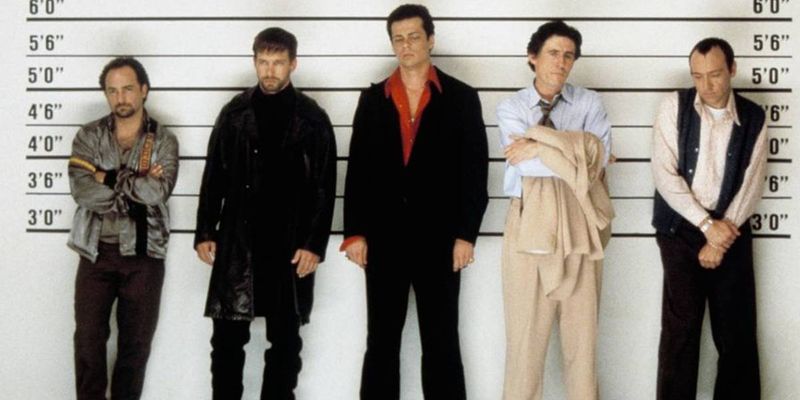
Five criminals meet in a police lineup, setting in motion one of cinema’s most twisted plots. Director Bryan Singer crafted a labyrinthine story where nothing is quite what it seems and everyone has something to hide. Kevin Spacey’s performance as the limping, seemingly harmless Verbal Kint earned him an Oscar.
The film’s nonlinear storytelling keeps viewers guessing until the final moments. The mythical crime lord Keyser Söze looms over the entire narrative like a shadow. Few twist endings have generated as much discussion or rewatches as the moment when coffee cups drop and assumptions shatter.
Basic Instinct (1992)

Sharon Stone crossed and uncrossed her way into thriller history as Catherine Tramell, a novelist suspected of murder. Her cat-and-mouse game with detective Nick Curran (Michael Douglas) blurred the lines between investigation, obsession, and seduction.
Director Paul Verhoeven never shied away from the story’s explicit content. The film’s controversial interrogation scene became one of the most paused moments in movie history. Beyond the provocative elements, Basic Instinct delivered genuine suspense through its twisty plot. The final bedroom scene with that hidden ice pick leaves audiences with the perfect ambiguous thriller ending.
Léon: The Professional (1994)
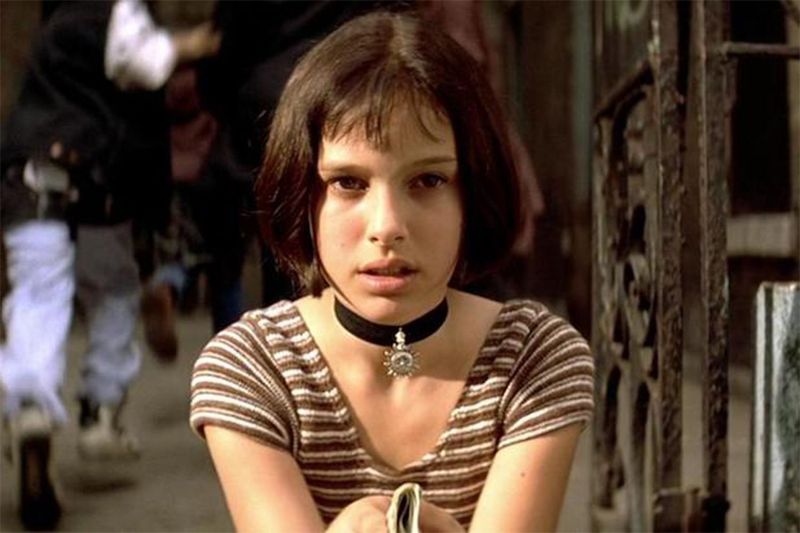
After a corrupt DEA agent Stansfield (Gary Oldman) kills her family, 12-year-old Mathilda (Natalie Portman) finds shelter with her reclusive neighbor, Léon (Jean Reno), a professional hitman created by Luc Besson.
Reno brings quiet dignity to the role of a killer with a strict moral code. Young Portman delivers a breakthrough performance balancing childlike vulnerability with disturbing maturity. Gary Oldman’s pill-popping villain ranks among cinema’s most unhinged antagonists. The film’s explosive finale delivers emotional payoff alongside spectacular action, cementing its status as a ’90s thriller essential.
The Fugitive (1993)
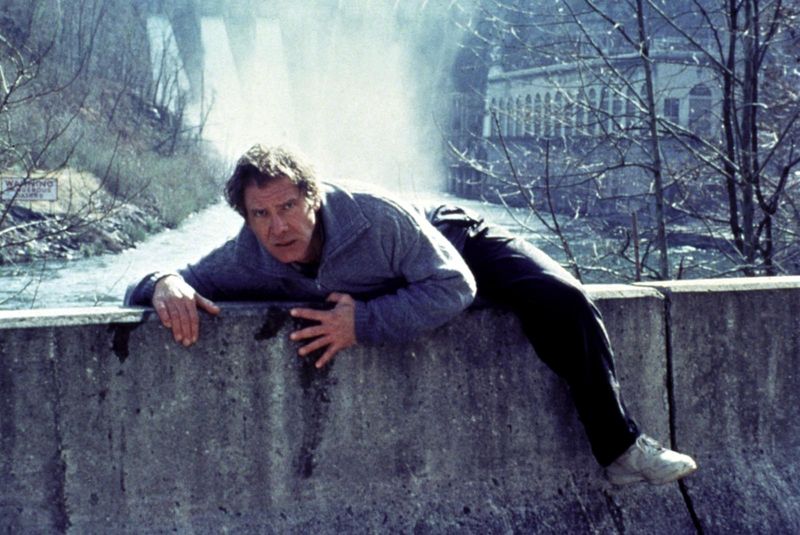
Harrison Ford’s wrongfully accused Dr. Richard Kimble races to find his wife’s one-armed killer while evading relentless U.S. Marshal Sam Gerard (Tommy Lee Jones). Their high-stakes chase spans from a spectacular train wreck to Chicago’s St. Patrick’s Day parade.
Andrew Davis directed this rare blockbuster that balanced character development with breathless action sequences. The dam jump scene remains one of cinema’s most memorable leaps of faith. Tommy Lee Jones won an Oscar for his portrayal of the determined lawman who gradually shifts from hunter to reluctant ally. “I don’t care” became his character’s catchphrase and the film’s unexpected laugh line.
Cape Fear (1991)
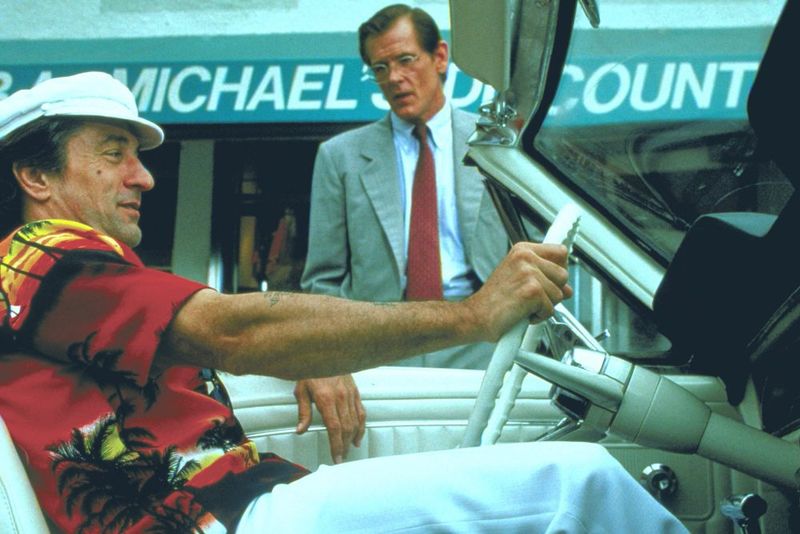
In Martin Scorsese’s reimagining of the 1962 film, Robert De Niro portrays Max Cady, a tattooed ex-con seeking vengeance on the lawyer who deliberately undermined his case. The film’s heightened psychological complexity and intense violence pushed the boundaries of thriller cinema.
Cady’s methodical dismantling of Sam Bowden’s (Nick Nolte) life creates escalating dread. The stalking scenes involving Bowden’s teenage daughter (Juliette Lewis) remain deeply uncomfortable. Bernard Herrmann’s original score was adapted by Elmer Bernstein, maintaining the iconic theme that signals danger. The final showdown during a violent storm perfectly captures the biblical vengeance at the heart of Cady’s mission.
Primal Fear (1996)
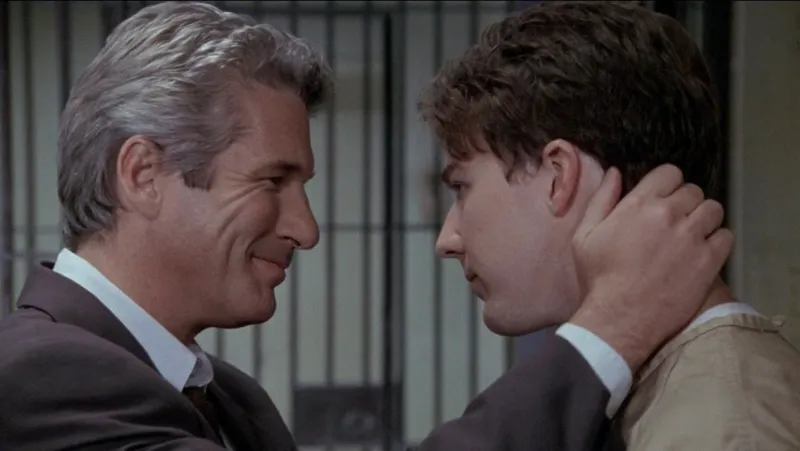
Bursting onto the scene with an Oscar-nominated role, Edward Norton plays Aaron Stampler, an altar boy accused of killing an archbishop. Richard Gere is Martin Vail, the ambitious lawyer drawn to the case for its public attention.
The courtroom drama unfolds with increasing complexity as Aaron’s multiple personality disorder becomes central to the defense. Norton shifts between stuttering innocence and menacing rage with chilling precision. Gregory Hoblit’s direction maintains suspense through revelations about the archbishop’s secret activities. The film’s final twist conversation in a jail cell redefined what audiences expected from legal thrillers.
The Game (1997)
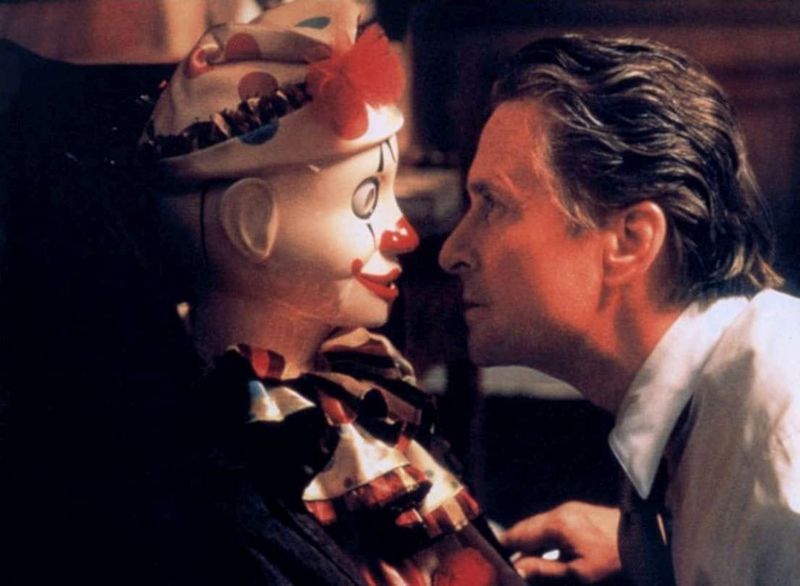
Wealthy investment banker Nicholas Van Orton (Michael Douglas) receives an unusual birthday gift from his brother: participation in a mysterious game that blurs reality and fiction. David Fincher crafted a paranoid thriller where nothing can be trusted, including the protagonist’s own perceptions.
San Francisco becomes a labyrinth of conspiracy as Van Orton’s controlled life spirals into chaos. The film’s muted color palette and disorienting camera work mirror the protagonist’s psychological unraveling. Each new revelation forces viewers to question what’s real and what’s staged. The film’s ending delivers a perfect balance of resolution and lingering questions about the nature of control.
Speed (1994)
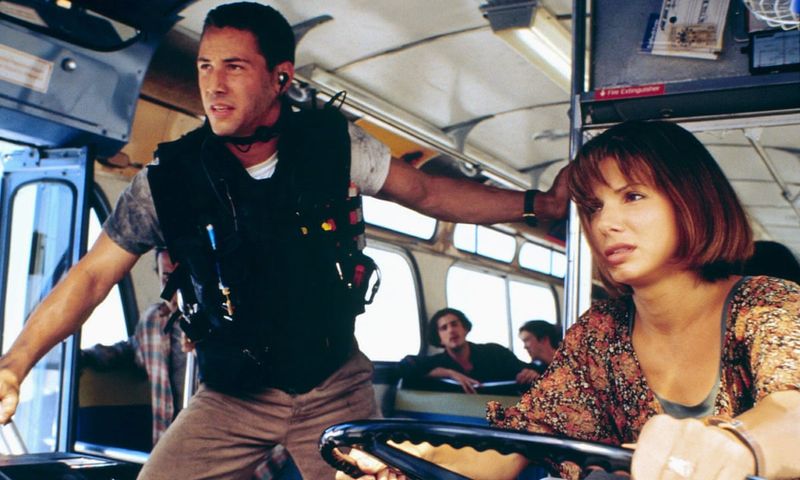
A bus rigged with a bomb that will explode if it drops below 50 mph created one of the decade’s most ingenious thriller premises. Keanu Reeves plays LAPD officer Jack Traven, racing to outwit bomber Howard Payne (Dennis Hopper) while keeping passengers alive. Sandra Bullock’s Annie became the perfect everywoman thrust into extraordinary circumstances.
Their chemistry grounds the outlandish scenario in relatable human stakes. Director Jan de Bont’s background as a cinematographer shines through in the dynamic camera work that makes viewers feel the velocity. The film’s various set pieces—from the opening elevator sequence to the infamous freeway jump—deliver perfectly calibrated tension.
Point Break (1991)
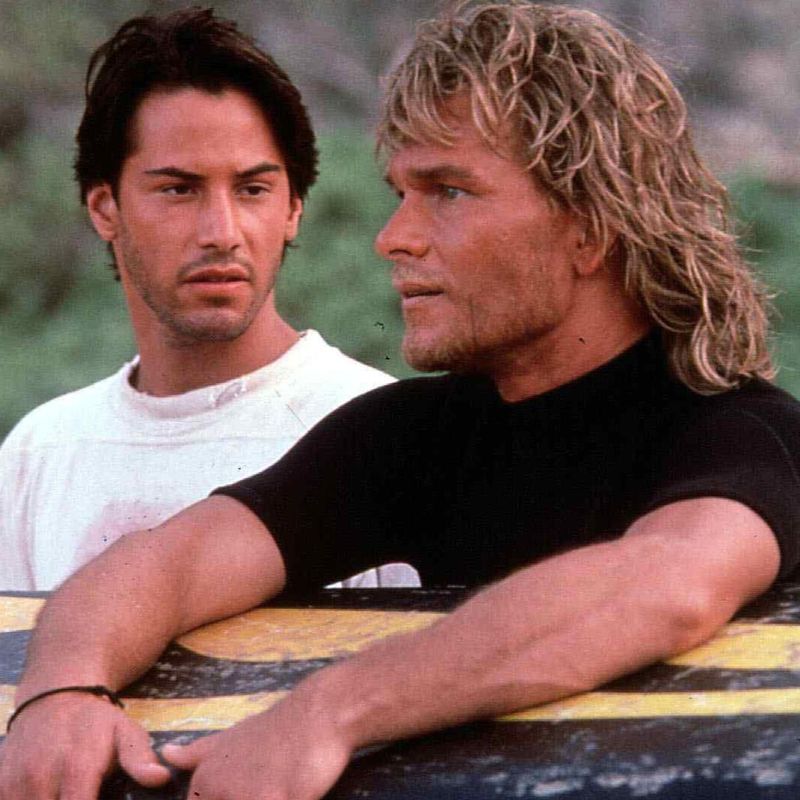
FBI agent Johnny Utah (Keanu Reeves) goes undercover to infiltrate a gang of surfing bank robbers led by the charismatic Bodhi (Patrick Swayze). Kathryn Bigelow directed this adrenaline-fueled thriller that balances spectacular action with surprising philosophical depth. The film’s bank robberies, featuring robbers in presidential masks, became instantly iconic.
Utah’s gradual seduction by Bodhi’s extreme lifestyle creates genuine moral complexity. Spectacular surfing and skydiving sequences put viewers right in the middle of the action. The final confrontation during a once-in-50-years storm captures the spiritual connection between pursuer and pursued that transcends typical cop-criminal dynamics.
The Crow (1994)
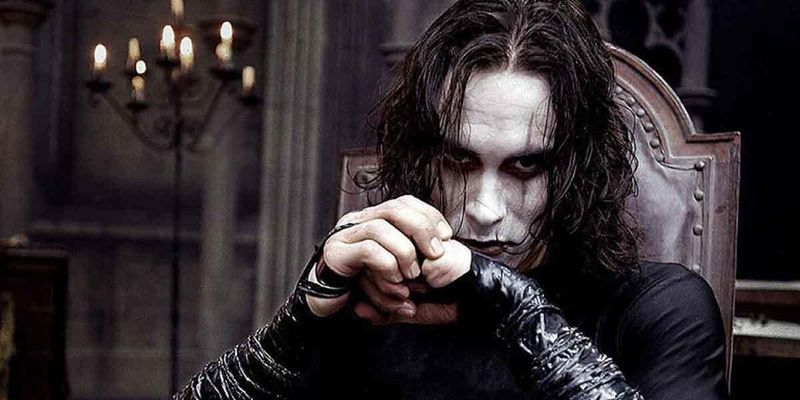
Guitarist Eric Draven (Brandon Lee) returns from the dead to avenge his and his fiancée’s murder in this gothic thriller. The film gained tragic notoriety when Lee was killed in an on-set accident involving a prop gun.
Director Alex Proyas created a rain-soaked, perpetually nighttime world where supernatural vengeance unfolds. The film’s visual style influenced countless gothic thrillers and music videos of the era. Despite its fantastical premise, the emotional core of lost love gives the revenge story genuine pathos. The soundtrack featuring Nine Inch Nails, The Cure, and Stone Temple Pilots perfectly captured mid-90s alternative culture.
Memento (2000)
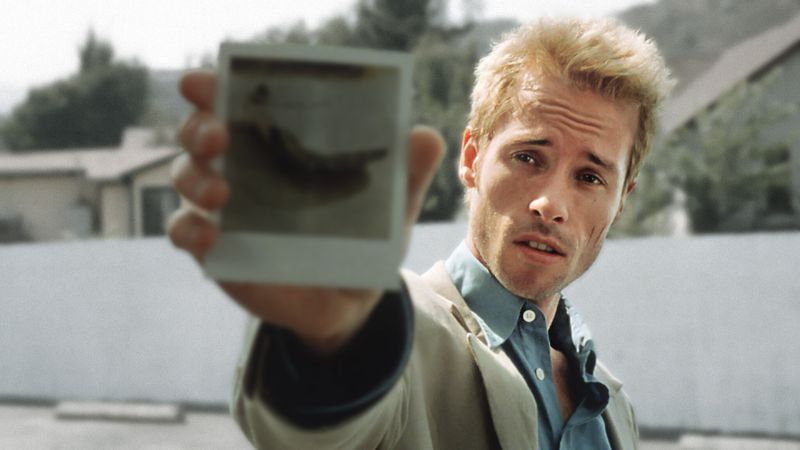
Christopher Nolan announced himself as a master of mind-bending narratives with this reverse-chronology thriller. Guy Pearce plays Leonard Shelby, a man with short-term memory loss hunting his wife’s killer using tattoos and Polaroid photos as memory aids.
The film’s structure—alternating between color scenes moving backward and black-and-white scenes moving forward—mirrors Leonard’s fractured perception. Viewers experience his confusion firsthand, piecing together clues alongside him. Joe Pantoliano and Carrie-Anne Moss deliver performances that shift in meaning as the story unfolds. The film’s final revelation forces a complete reevaluation of everything we’ve witnessed.
Jacob’s Ladder (1990)
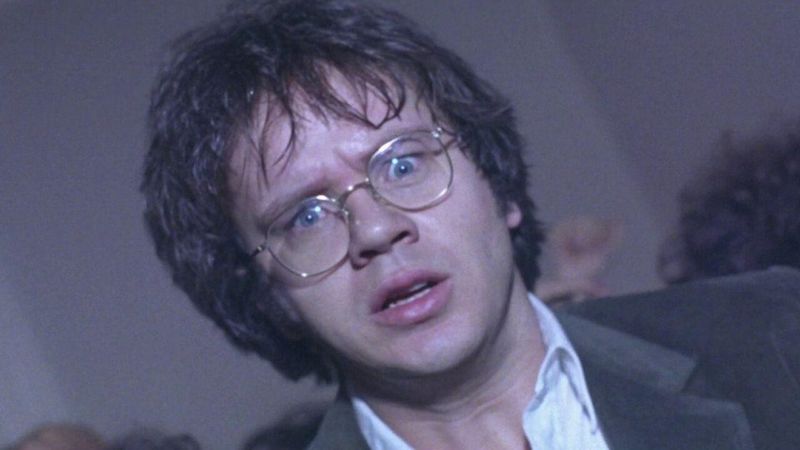
Vietnam veteran Jacob Singer (Tim Robbins) experiences increasingly terrifying hallucinations that blur reality, memory, and nightmare. Director Adrian Lyne created a psychological thriller that defies easy categorization while exploring the lasting trauma of war. The film’s hellish visions—including the famous subway scene with its inhuman faces—created a new visual language for depicting psychological horror.
Jacob’s desperate search for truth becomes more disorienting with each revelation. Elizabeth Peña and Danny Aiello provide emotional anchors as Jacob’s girlfriend and chiropractor. The film’s twist ending influenced countless psychological thrillers that followed, including The Sixth Sense and Fight Club.
The Hand That Rocks the Cradle (1992)
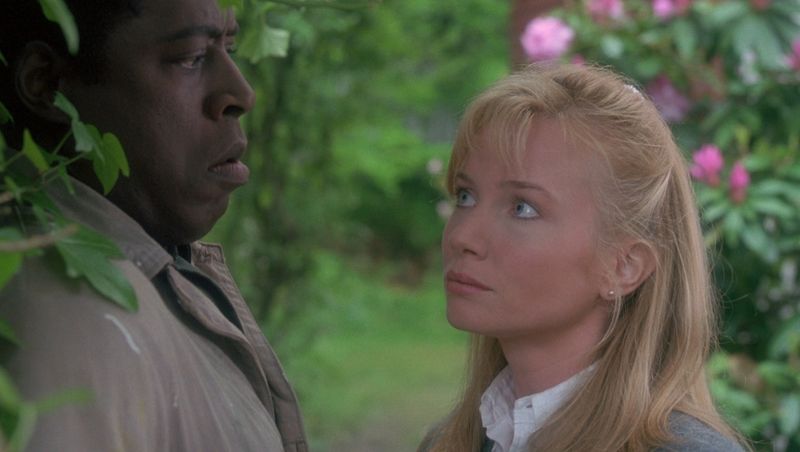
Rebecca De Mornay transformed the friendly neighborhood nanny into a figure of terror. Her character, Peyton Flanders, infiltrates the Bartel family’s home seeking revenge for her husband’s suicide following certain allegations.
Curtis Hanson directed this domestic thriller that tapped into parental anxieties about trusting strangers with childcare. De Mornay’s ability to switch between maternal warmth and icy calculation makes her villain genuinely unsettling. Annabella Sciorra plays Claire Bartel, the unsuspecting mother who gradually realizes something is wrong. The greenhouse confrontation and asthma attack sequence rank among the decade’s most tension-filled moments.
Misery (1990)
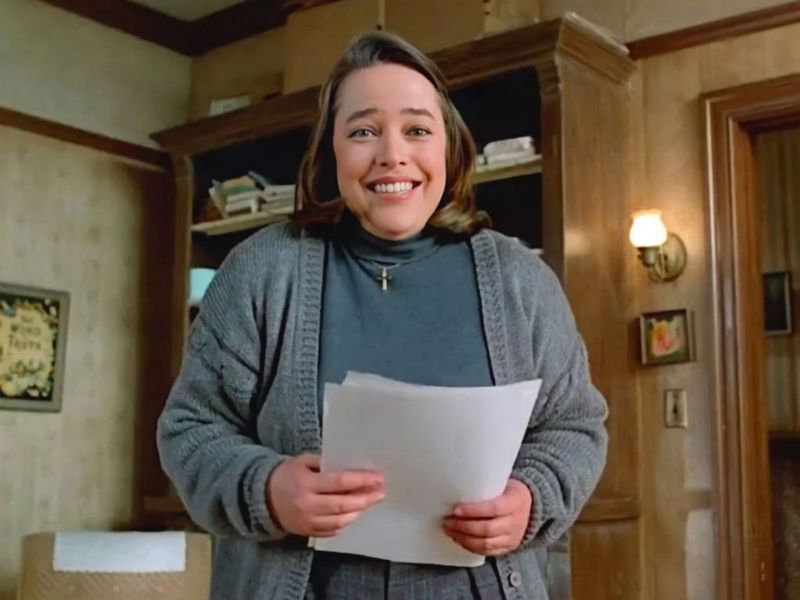
In an Oscar-winning performance, Kathy Bates plays Annie Wilkes, a devoted fan who both rescues and imprisons author Paul Sheldon (James Caan). Rob Reiner’s film adaptation of Stephen King’s book creates a gripping thriller confined largely to a single home.
The infamous “hobbling” scene with a sledgehammer and block of wood remains one of cinema’s most wince-inducing moments. Bates balances folksy charm with volcanic rage to create an unpredictable antagonist. Caan’s performance as the increasingly desperate writer trying to outsmart his captor grounds the film in believable terror. Few thrillers have created such sustained tension with such minimal settings.
Copycat (1995)
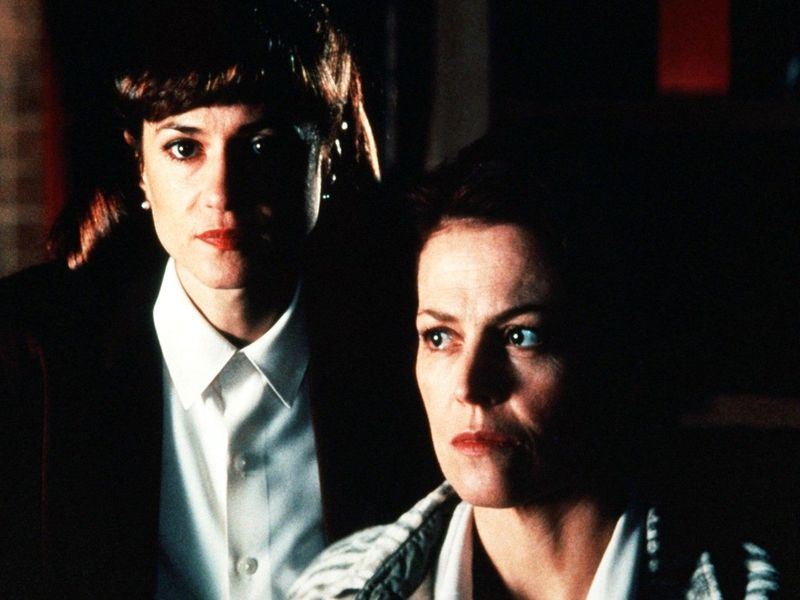
Agoraphobic criminal psychologist Helen Hudson (Sigourney Weaver) must overcome her fear of public spaces to help catch a serial killer mimicking famous murderers. Detective M.J. Monahan (Holly Hunter) seeks Hudson’s expertise despite the department’s skepticism. Director Jon Amiel created a thriller that examines the psychology of both predator and prey.
Weaver’s portrayal of debilitating panic attacks gives the film emotional weight beyond typical cat-and-mouse thrillers. Harry Connick Jr. delivers a chilling performance as Hudson’s former attacker. The film’s pre-internet exploration of how killers study and learn from each other feels prescient in today’s true crime-obsessed culture.
Kiss the Girls (1997)
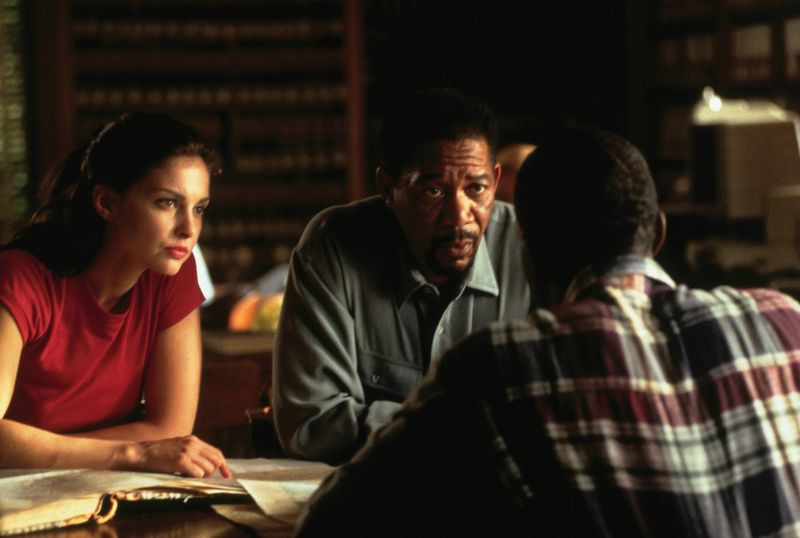
In the first portrayal of detective Alex Cross, Morgan Freeman teams up with escaped victim Kate McTiernan (Ashley Judd) to catch Casanova, a serial kidnapper who treats women like butterflies. Gary Fleder directs a thriller combining police work and psychological suspense.
The North Carolina forest setting creates an atmospheric backdrop for the hunt. Judd’s portrayal of a survivor using her trauma to help catch the culprit adds emotional depth. The film’s exploration of predatory behavior and victim selection influenced many subsequent serial killer thrillers.
Donnie Brasco (1997)
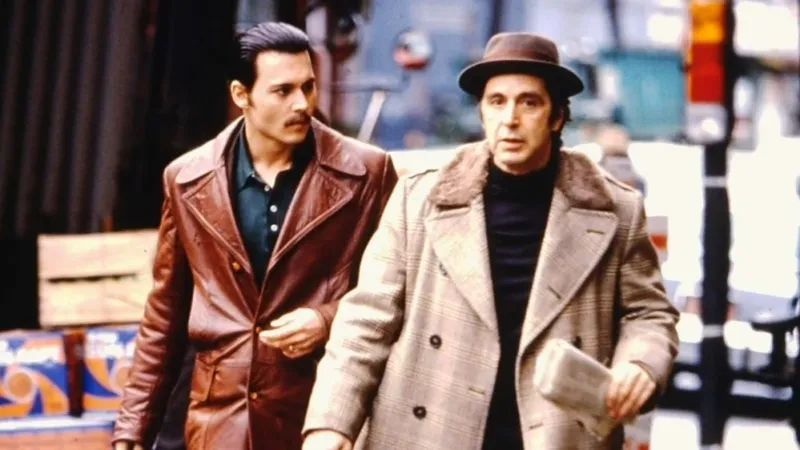
In this true story, Johnny Depp portrays FBI agent Joseph Pistone, undercover as jewel thief Donnie Brasco to infiltrate the Bonanno mob. Al Pacino delivers a subtle performance as Lefty Ruggiero, the veteran hitman who befriends Donnie. Mike Newell directs a thriller examining the emotional cost of deception.
The film’s attention to mob terminology and rituals creates authentic immersion in the criminal world. Unlike glamorized mob films, Donnie Brasco portrays the grinding poverty and constant fear of most gangsters. The growing friendship between Donnie and Lefty creates a moral dilemma that transcends typical undercover narratives.
Insomnia (1997)
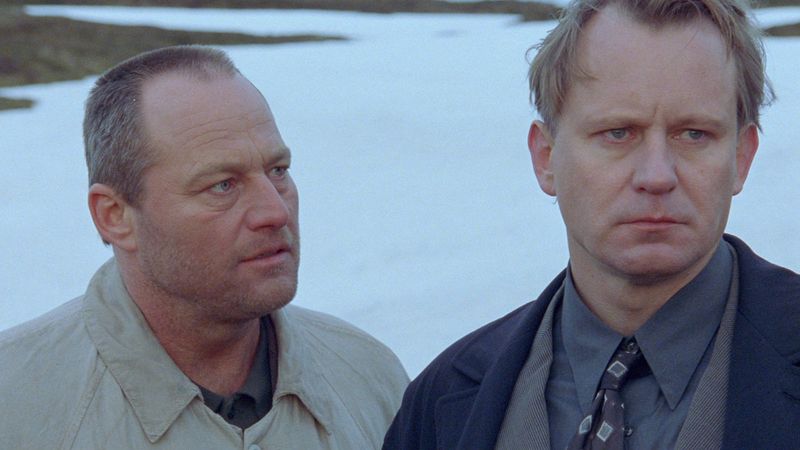
Swedish director Erik Skjoldbjærg created this psychological thriller set during Norway’s perpetual summer daylight. Detective Jonas Engström (Stellan Skarsgård) travels north to investigate a teenage girl’s murder but accidentally shoots his partner during a foggy pursuit.
The constant daylight becomes a character itself, preventing Engström from sleeping and accelerating his mental deterioration. His cat-and-mouse game with the killer becomes increasingly morally compromised. Christopher Nolan later remade the film with Al Pacino and Robin Williams, but the original’s stark Nordic setting and moral ambiguity make it a standout ’90s thriller. Few films have better portrayed how sleep deprivation erodes judgment and ethics.
The Client (1994)
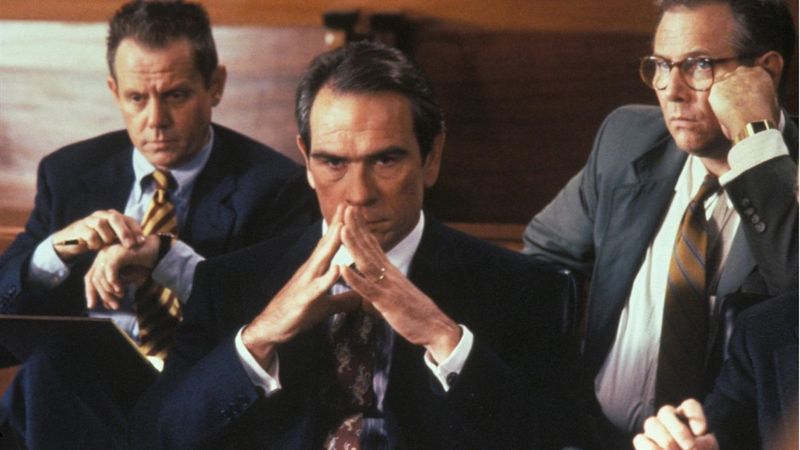
Eleven-year-old Mark Sway (Brad Renfro) witnesses a mob lawyer’s suicide and learns the location of a missing body, putting him in danger from both the mafia and ambitious prosecutor Roy Foltrigg (Tommy Lee Jones).
Susan Sarandon plays Reggie Love, the recovering alcoholic attorney who becomes Mark’s only protection. Joel Schumacher directed this adaptation of John Grisham’s bestseller with a focus on character over courtroom theatrics. Young Renfro’s remarkable debut performance anchors the film with authentic vulnerability. The New Orleans setting adds atmospheric depth to the legal thriller framework. The film’s exploration of how the justice system fails to protect vulnerable witnesses gives it relevance beyond typical genre fare.

Comments
Loading…